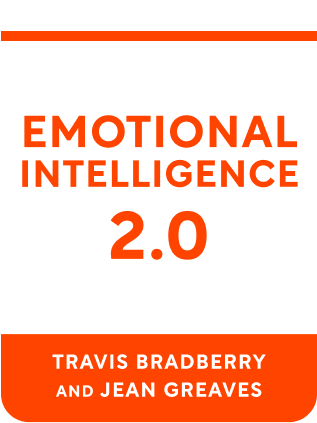

This article is an excerpt from the Shortform book guide to "Emotional Intelligence 2.0" by Travis Bradberry and Jean Greaves. Shortform has the world's best summaries and analyses of books you should be reading.
Like this article? Sign up for a free trial here .
Do you want to boost your EQ and learn how to connect with people on an emotional level? What are some emotional intelligence exercises you can practice?
These emotional intelligence exercises are based on Emotional Intelligence 2.0 written by Jean Greaves and Travis Bradberry. They will help you explore different aspects of your emotions and reflect on how they influence your behavior and decisions.
Here are some emotional intelligence exercises you can practice.
Emotional Intelligence Exercises
Though both IQ and personality develop in early childhood and don’t change throughout one’s lifetime, you can develop EQ through practice and persistence. Much like a muscle when you work out, the brain creates new neural pathways when you practice EQ skills. Here are some emotional intelligence exercises to work out your EQ muscle.
Exercise 1: Explore the Link Between Your Body and Emotions
Understanding how your body responds to emotions allows you to identify your feelings as they emerge. Use this exercise to explore the ways your body responds to different emotional stimuli.
Close your eyes for a minute and begin to observe the sensations throughout your body. Are you breathing deeply or shallowly? Are you tense? How fast is your heart beating? List the physical sensations you’re experiencing. Be specific.
What do these physical sensations tell you about your current emotional state?
Now, think of a trigger that evokes a negative emotional response from you. As you do, observe the sensations throughout your body. What are they?
Exercise 2: Visualize Success
Visualizing yourself managing a situation well allows your brain to develop EQ skills before difficult situations arise.
Think of a situation in which you have previously had trouble managing your emotions. Describe it.
Now think of a way that you would want to handle the situation effectively in the future. Describe how you would have ideally handled the situation.
Exercise 3: Make an Emotion vs. Reason List
Differentiating between your emotional and rational brain will help you discover the best route forward when faced with a difficult situation. Use this exercise to make the distinction and clarify your decision-making process.
Think of an issue you’re currently experiencing that requires you to make a decision. Describe it.
What is your emotional brain telling you to do?
What is your rational brain telling you to do?
Make an emotion vs. reason list. How are your emotions clouding your rationality? Where is your rationality ignoring important cues from your emotions?
Exercise 4: Live in the Moment
A crucial aspect of emotional intelligence is an ability to live in the moment. If you allow distractions to pull your focus, you won’t pick up emotional critical information.
Think of a recent conversation that you had in which you felt emotionally disconnected. Describe it.
Were you distracted? If so, by what?
What could you do to remove these distractions from future conversations?
What are some specific ways you could have practiced active listening? Think about listening to tone, pacing, and volume and silencing your inner voice.

———End of Preview———
Like what you just read? Read the rest of the world's best book summary and analysis of Travis Bradberry and Jean Greaves's "Emotional Intelligence 2.0" at Shortform .
Here's what you'll find in our full Emotional Intelligence 2.0 summary :
- What emotional intelligence is and why it's essential for your workplace success
- The 4 reasons you need to work on your EQ
- How you can use EQ to better manage relationships






